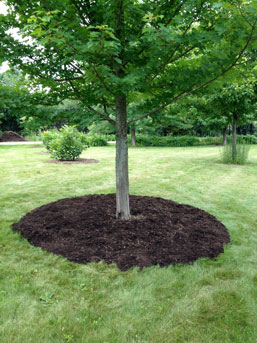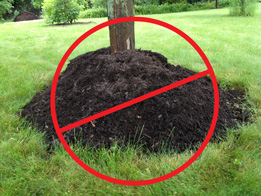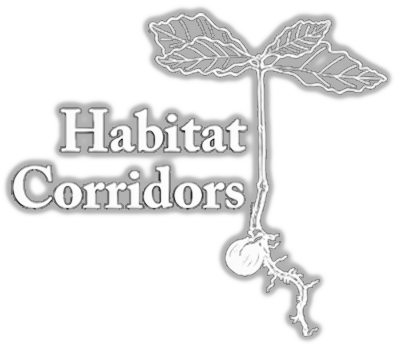Saving living space for living
things one yard at a time
Healthy practices in your yard
There are only a few pristine parcels of natural land still available for protection, but there are many residential yards that can, with proper management, provide healthy landscapes for wildlife and for people while purifying and protecting the groundwater. You and your neighbors can manage your yards through your landscapers in a way that is helpful to the natural environment, creating a patchwork of wholesome properties that together become a preserve for healthy children, native birds and pollinators, clean water, and clean air.
Lawn
- Do not mow during periods of drought (rather ask landscapers to weed, edge, and mulch during dry periods).
- Always mow at the highest level your mower allows (5" is good); this is healthy for the lawn grasses.
- Use compost or organic fertilizer to feed the lawn (must be phosphate free).
- Do not collect grass clippings; rather mulch them as you mow with a mulching mower.
- Never spread herbicide or weed-and-feed on the lawn; if necessary, spray individual weeds as needed.
- Avoid insecticides and grub-killers.
- If it is absolutely necessary to pick up grass clippings, either compost them or spread them very thinly in gardens or around trees and shrubs (thick layers of fresh grass clippings can burn plants).
- In the autumn, allow dead leaves to remain under trees and shrubs, or mulch them with the mower and spread in gardens and under woody plants.
Trees
- Mulch under trees out to their driplines using wood chips or some other organic, environmentally acceptable material.
- Keep mulch away from tree trunks.
- Add mulch to depth of four inches; replenish as needed.
- Leave dead trees standing if they pose no danger to people or structures.
- Leave logs and fallen branches on the ground in natural areas.
- Do not remove autumn leaves under trees and shrubs.
- Plant trees a little higher than ground level; do not bury their bark. Trees will sink to ground level as the soil compresses.
- When replacing a tree, select a native species appropriate for the specific location. (Natives are suited to our area and provide sustenance for pollinators, other native insects, and birds.)
- Avoid spraying or drenching especially with systemic pesticides. (Trees provide essential food for insects which become food for birds.)
Gardens
- Mulch gardens to keep soil moist and discourage weeds.
- Do not allow mulch to touch wooden structures.
- Allow autumn leaves to remain in gardens all winter and to remain between plants throughout the year, acting as mulch; otherwise, incorporate them into the soil in spring.
- Leave herbaceous plants and grasses standing throughout the winter; cut back as needed in the spring.
- Learn to recognize invasive plants and remove them.
- Water plants deeply and infrequently rather than lightly and often. (Native plants properly sited rarely need watering once established.)
- When replacing a plant, look for a native species appropriate for that location. Natives are easy to grow and do not require pesticides or fertilizers.
General
- Never use poison near anything people or birds might eat such as fruit trees, berry bushes, or vegetable gardens.
- To kill large areas of turf or weeds, use multiple layers of newspaper covered with woodchips or use thick black plastic. Allow covering to remain for at least six months during the growing season.
- Do not dispose of petroleum products on your property; use suitable containers and take them to designated drop-off places.
- Never use fertilizer or pesticides near water.
- If you must work with chemicals, wear a face mask, safety glasses and gloves for protection.

Apply mulch under trees out to the drip line and a few inches away from the trunk.

Do not create volcanoes or doughnuts of mulch around your trees.

Apply mulch under trees out to the drip line and a few inches away from the trunk.

Do not create volcanoes or doughnuts of mulch around your trees.
